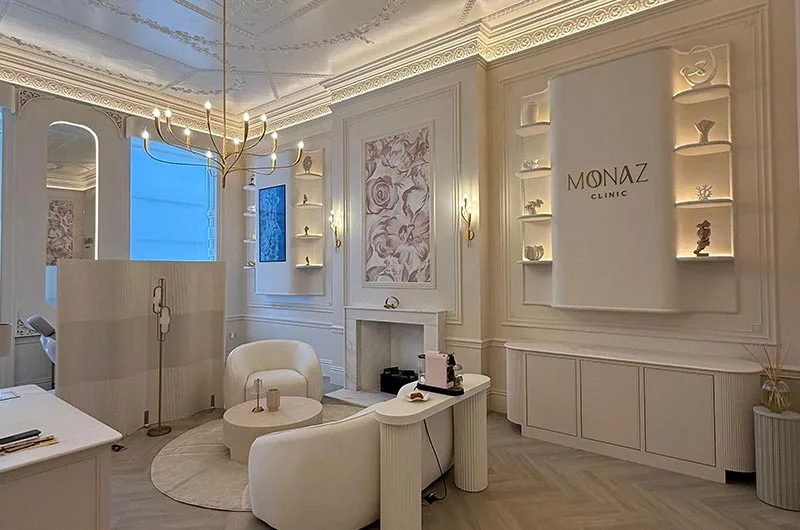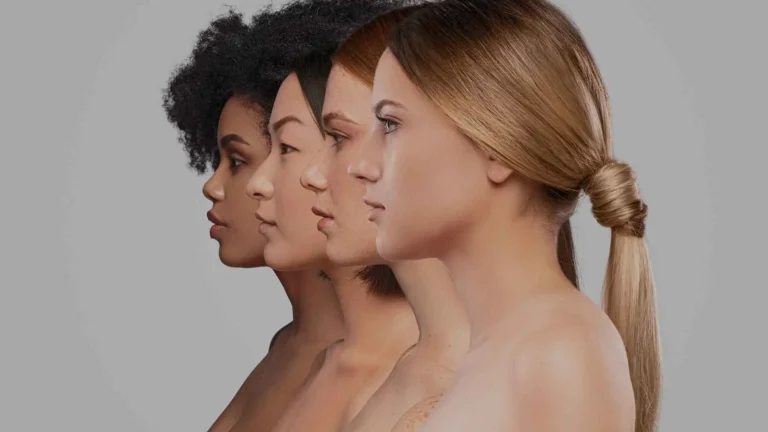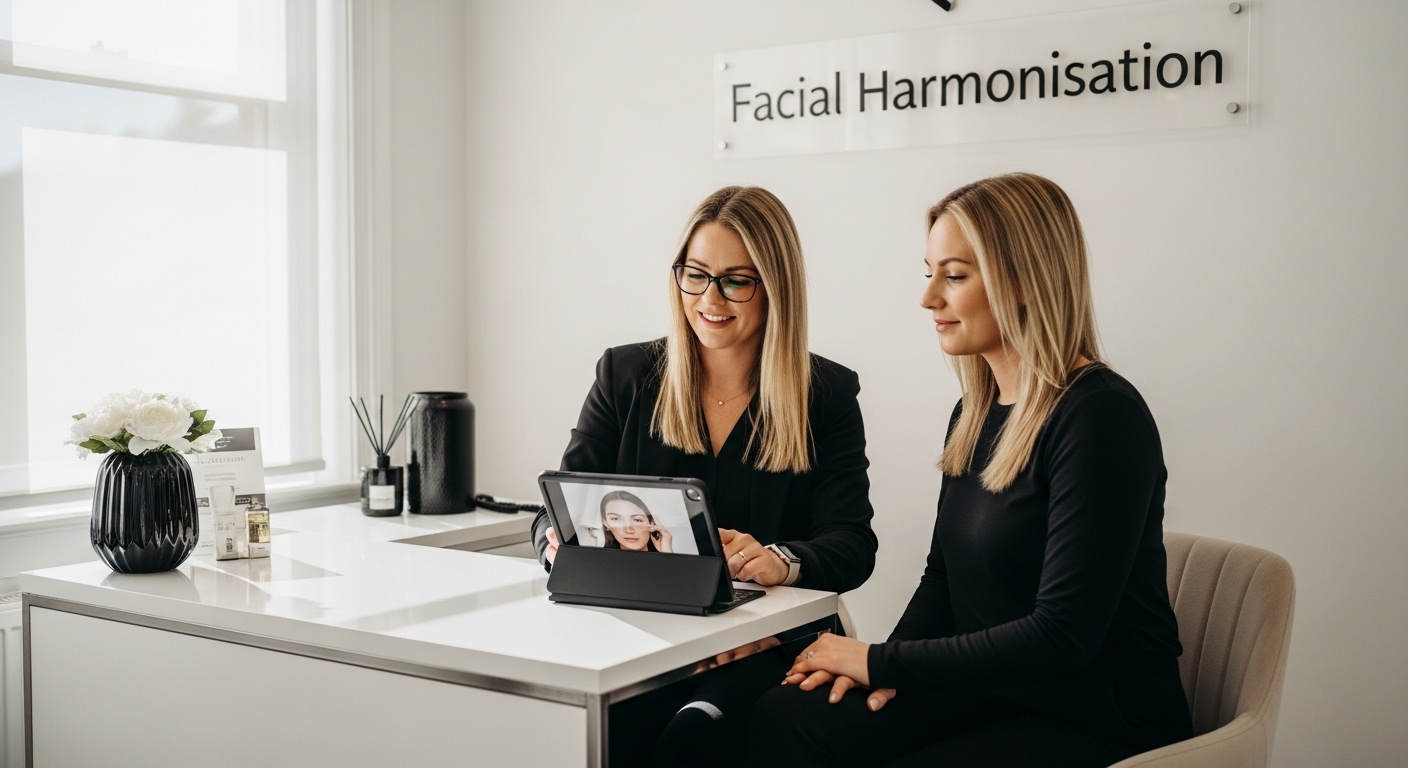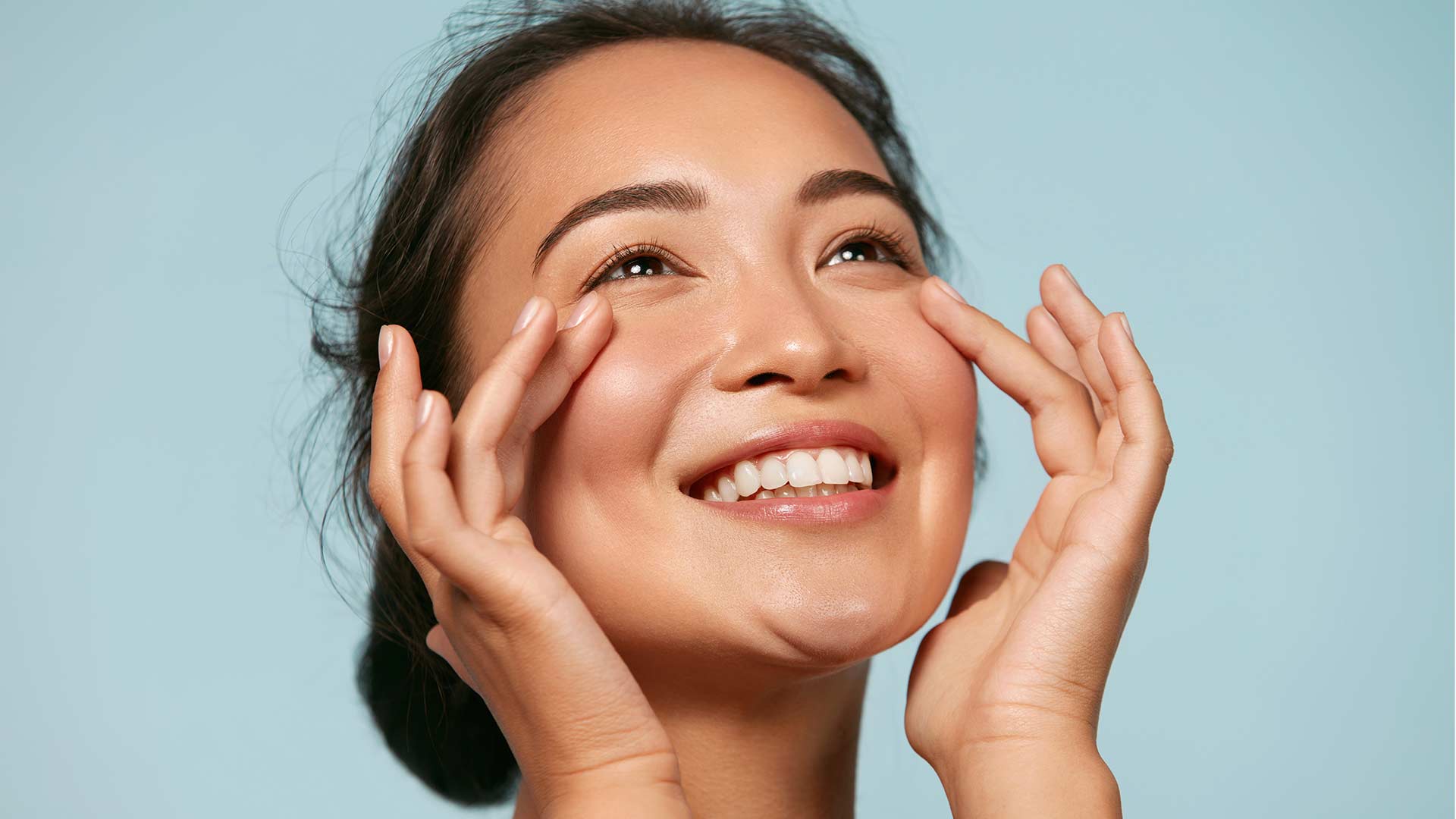Explore what is facial harmonisation and discover its importance in facial aesthetics for achieving natural beauty and balanced features.
Facial harmonisation is changing the way people think about cosmetic treatments with its focus on achieving balanced, natural looking features. Many expect dramatic transformations and obvious results from aesthetic procedures, but that is not the real story. The real innovation comes from treatments that use subtle adjustments to create harmony across the whole face, with advanced clinics in London using 3D imaging and personalised plans that deliver results so natural even friends cannot tell. Curious how this quiet revolution is happening?
Table of Contents
- Defining Facial Harmonisation: What It Is
- The Importance of Facial Harmonisation in Aesthetics
- How Facial Harmonisation Works: Key Principles
- The Role of Proportions in Facial Harmonisation
- Real-World Applications of Facial Harmonisation in London
Quick Summary
| Takeaway | Explanation |
|---|---|
| Facial harmonisation creates balanced features | This approach focuses on achieving proportionate and symmetrical facial aesthetics tailored to each individual’s unique characteristics. |
| Subtle enhancement prioritises natural beauty | Practitioners aim for intelligent refinements rather than dramatic changes, respecting the individual’s inherent facial identity. |
| Cutting-edge technologies ensure precision | Advanced 3D imaging and analytical methods allow for detailed evaluations of facial structure and planning of aesthetic interventions. |
| Personalised treatment plans are essential | Each treatment is customised after thorough consultations, addressing unique facial structures and patient preferences for optimal outcomes. |
| Expertise and ethical practice are crucial | Qualified healthcare professionals implement treatments with a focus on patient safety and achieving natural-looking results. |
Defining Facial Harmonisation: What It Is
Facial harmonisation represents a sophisticated aesthetic approach that goes beyond traditional beauty treatments by focusing on creating balanced, proportionate facial features. Unlike standard cosmetic procedures that might target isolated areas, facial harmonisation considers the entire facial structure as an interconnected canvas, aiming to achieve a natural, symmetrical appearance that enhances an individual’s unique characteristics.
The Conceptual Framework of Facial Harmonisation
At its core, facial harmonisation is about understanding facial proportions and symmetry through a medical and artistic lens. Practitioners analyse facial anatomy meticulously, examining how different features interact and contribute to overall aesthetic balance. The goal is not to dramatically alter one’s appearance but to subtly refine and improve natural contours, ensuring each enhancement looks seamless and authentic.
Learn more about selecting aesthetic treatments that complement your unique features to understand how personalised approaches can transform your aesthetic journey.
Key Principles of Aesthetic Harmony
The fundamental principles of facial harmonisation involve several critical considerations:
- Proportional Balance: Ensuring facial features are proportionate and complementary
- Symmetry Assessment: Evaluating facial asymmetries and creating subtle corrections
- Individual Character Preservation: Maintaining the patient’s inherent facial identity
According to government research on cosmetic procedure safety, personalised aesthetic treatments require expert medical understanding and precision. Facial harmonisation embodies this principle by treating each patient’s facial structure as a unique landscape, requiring tailored, nuanced interventions that respect individual genetic heritage and natural beauty.
The Importance of Facial Harmonisation in Aesthetics
Facial harmonisation transcends traditional cosmetic enhancement by addressing aesthetic improvements through a holistic, medically informed perspective. This sophisticated approach recognises that true beauty emerges from balanced proportions, seamless symmetry, and a nuanced understanding of individual facial architecture. Aesthetic treatments are no longer about dramatic transformations but intelligent, subtle refinements.
Psychological and Emotional Impact of Facial Harmony
Beyond physical appearance, facial harmonisation profoundly influences psychological well-being. When individuals feel their facial features are balanced and complementary, it significantly boosts self-confidence and personal perception. The subtle adjustments create a natural-looking result that enhances inherent beauty without appearing artificially manipulated. This approach respects individual genetic characteristics while gently addressing aesthetic concerns.
Learn more about facial volume changes and their aesthetic implications to understand how facial structure evolves and how harmonisation techniques can address these natural transitions.
Clinical Significance and Professional Expertise
According to guidelines from the Royal College of Surgeons, facial harmonisation requires exceptional medical expertise. The key considerations include:
- Precision Analysis: Comprehensive facial structure evaluation
- Customised Treatment Planning: Tailored approaches for individual facial characteristics
- Minimal Intervention Philosophy: Achieving maximum aesthetic impact through subtle enhancements
Professional practitioners understand that facial harmonisation is an art form requiring scientific knowledge, technical skill, and an aesthetic sensibility that respects each patient’s unique facial composition.
How Facial Harmonisation Works: Key Principles
Facial harmonisation operates through a sophisticated, multidisciplinary approach that combines medical precision, artistic vision, and advanced technological assessment. The process transforms aesthetic treatments from isolated interventions into comprehensive facial rejuvenation strategies. By integrating detailed anatomical understanding with personalised aesthetic goals, practitioners create nuanced treatment plans that enhance natural beauty.
Technological and Analytical Assessment
Modern facial harmonisation begins with advanced diagnostic techniques.
High resolution 3D imaging and computer assisted analysis allow practitioners to map facial contours with extraordinary precision. These technologies enable clinicians to evaluate facial symmetry, proportional relationships, and potential areas of aesthetic enhancement with unprecedented accuracy. The goal is not perfection, but a refined, balanced appearance that looks entirely natural.
Explore our guide to popular facial treatments that complement harmonisation techniques to understand the range of options available for personalised aesthetic enhancement.
Treatment Methodology and Precision Interventions
According to research from the University of Oxford, quantitative facial measurement plays a crucial role in aesthetic practice. The facial harmonisation methodology typically involves:
- Comprehensive Facial Mapping: Detailed analysis of facial structure and proportions
- Strategic Intervention Planning: Identifying optimal areas for subtle enhancement
- Integrated Treatment Approach: Combining multiple techniques for holistic results
Practitioners utilise a combination of non surgical treatments such as dermal fillers, muscle relaxants, and skin rejuvenation techniques.
Here is a table outlining the main principles and steps involved in a facial harmonisation treatment, making the process clearer for those new to this aesthetic approach.
| Step / Principle | Description |
|---|---|
| Consultation & Assessment | In-depth evaluation of facial structure and client preferences |
| Advanced Diagnostic Imaging | Use of high-resolution 3D mapping to analyse proportions and symmetry |
| Customised Treatment Planning | Developing an individual plan based on unique facial features |
| Subtle Precision Enhancements | Targeted interventions using fillers or relaxants for minor adjustments |
| Final Review & Adjustment | Assessment of outcomes to ensure natural, balanced results |
| Preservation of Identity | Enhancements made to respect and maintain innate character |
The Role of Proportions in Facial Harmonisation
Facial proportions are the fundamental architectural blueprint of aesthetic beauty, determining how individual features interact and contribute to overall facial harmony. Understanding these intricate relationships requires more than superficial observation surgical precision and an artistic understanding of human facial geometry. The concept transcends mere symmetry, exploring how different facial elements create a cohesive, balanced visual narrative.
Mathematical Foundations of Facial Beauty
Aesthetic professionals utilise sophisticated mathematical principles to analyse facial proportions. The golden ratio (approximately 1.618), a mathematical constant found throughout nature, plays a critical role in determining facial aesthetic standards. Practitioners measure relationships between features like nose width, cheekbone prominence, and chin projection to create a scientifically informed approach to facial enhancement.
![]() These measurements provide objective guidelines for creating balanced, naturally appealing facial contours.
These measurements provide objective guidelines for creating balanced, naturally appealing facial contours.
Discover how facial massage can complement proportion-based aesthetic treatments and support your facial harmonisation journey.
Symmetry and Aesthetic Perception
According to research from the University of Strathclyde, facial symmetry significantly influences perceived attractiveness. The key considerations in facial proportion analysis include:
- Vertical Proportion Analysis: Evaluating feature alignment from forehead to chin
- Horizontal Balance Assessment: Measuring lateral facial symmetry and width relationships
- Depth and Projection Evaluation: Understanding how facial structures project and interact
Professional practitioners approach facial harmonisation as a nuanced art form, recognising that perfect symmetry is not the goal. Instead, they seek to create balanced, natural looking proportions that enhance an individual’s unique facial characteristics.
Real-World Applications of Facial Harmonisation in London
Facial harmonisation has transformed aesthetic treatments from generic interventions to personalised artistic experiences. In London’s sophisticated aesthetic landscape, practitioners apply cutting-edge techniques that respect individual facial characteristics while delivering refined, natural-looking enhancements. The city’s premier clinics have become global benchmarks for innovative, medically precise aesthetic approaches.
Personalised Treatment Strategies
London’s aesthetic professionals approach facial harmonisation through comprehensive, tailored methodologies. Each treatment begins with an in-depth consultation that examines facial structure, skin quality, and individual aesthetic goals. Advanced diagnostic technologies enable practitioners to create bespoke treatment plans that address specific concerns while maintaining overall facial balance. The approach considers factors like age, skin type, ethnic background, and personal aesthetic preferences.
Explore our comprehensive guide to non-invasive facial aesthetic treatments to understand the range of options available for personalised facial enhancement.
Regulatory and Professional Standards
According to the National Hair and Beauty Federation, London’s aesthetic industry is moving towards enhanced professional standardisation. The key considerations in real-world facial harmonisation applications include:
- Medical Expertise: Treatments performed by qualified healthcare professionals
- Technological Precision: Utilising advanced diagnostic and treatment technologies
- Ethical Practice: Prioritising patient safety and natural-looking results
Professional practitioners in London understand that facial harmonisation is not about dramatic transformation but about subtle, intelligent enhancement that celebrates individual beauty. The goal is to create a balanced, refreshed appearance that looks authentically personal.
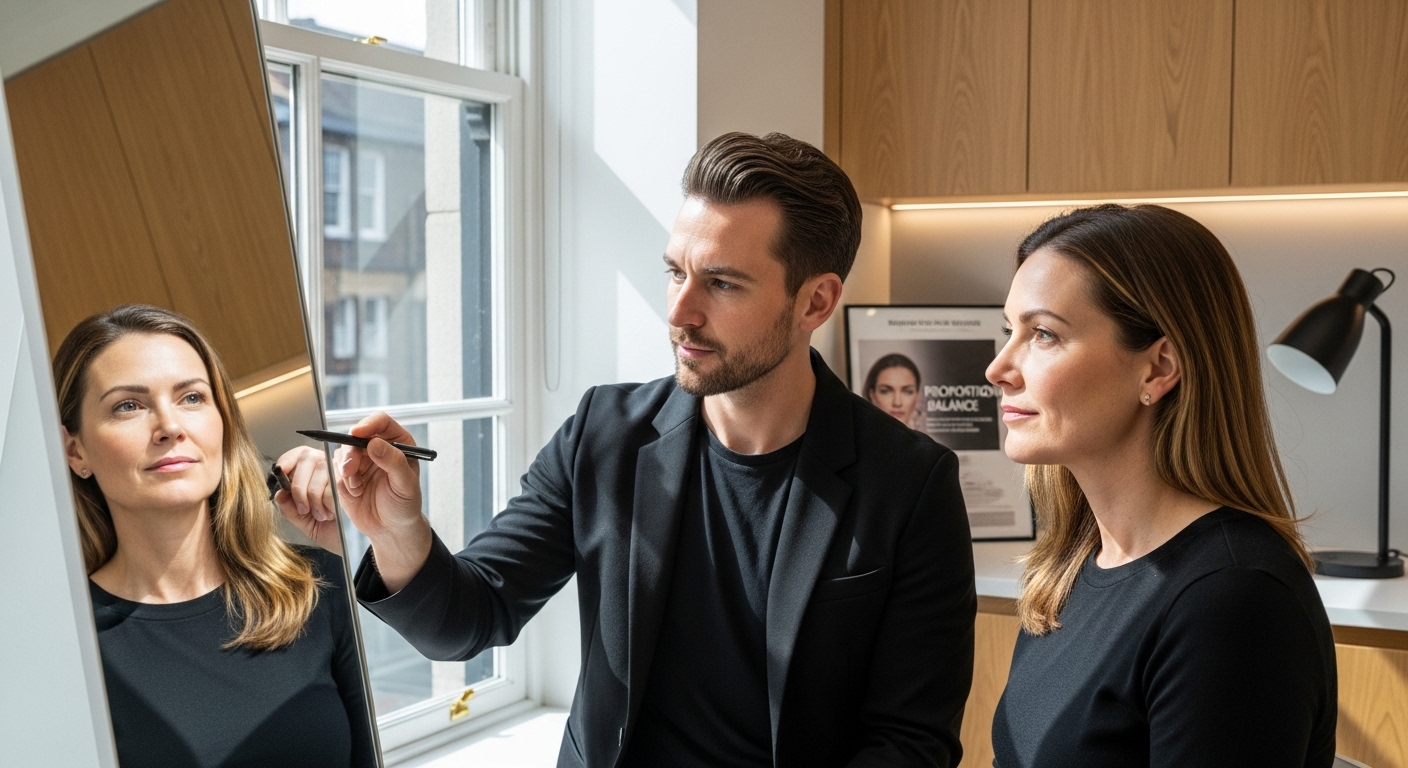
Ready to Experience True Facial Harmony in London?
Are you seeking a natural improvement in your facial proportions, rather than a dramatic transformation? Many women struggle with subtle imbalances in their features or desire results that highlight their unique beauty without looking artificial. The article explores the challenges of achieving aesthetic balance and the need for a medically informed, artistic approach. At Monaz Clinic, we specialise in the science and artistry of facial harmonisation, designed exclusively for women who want results that honour their individual character.
Explore expert facial harmonisation tips trusted by London clients
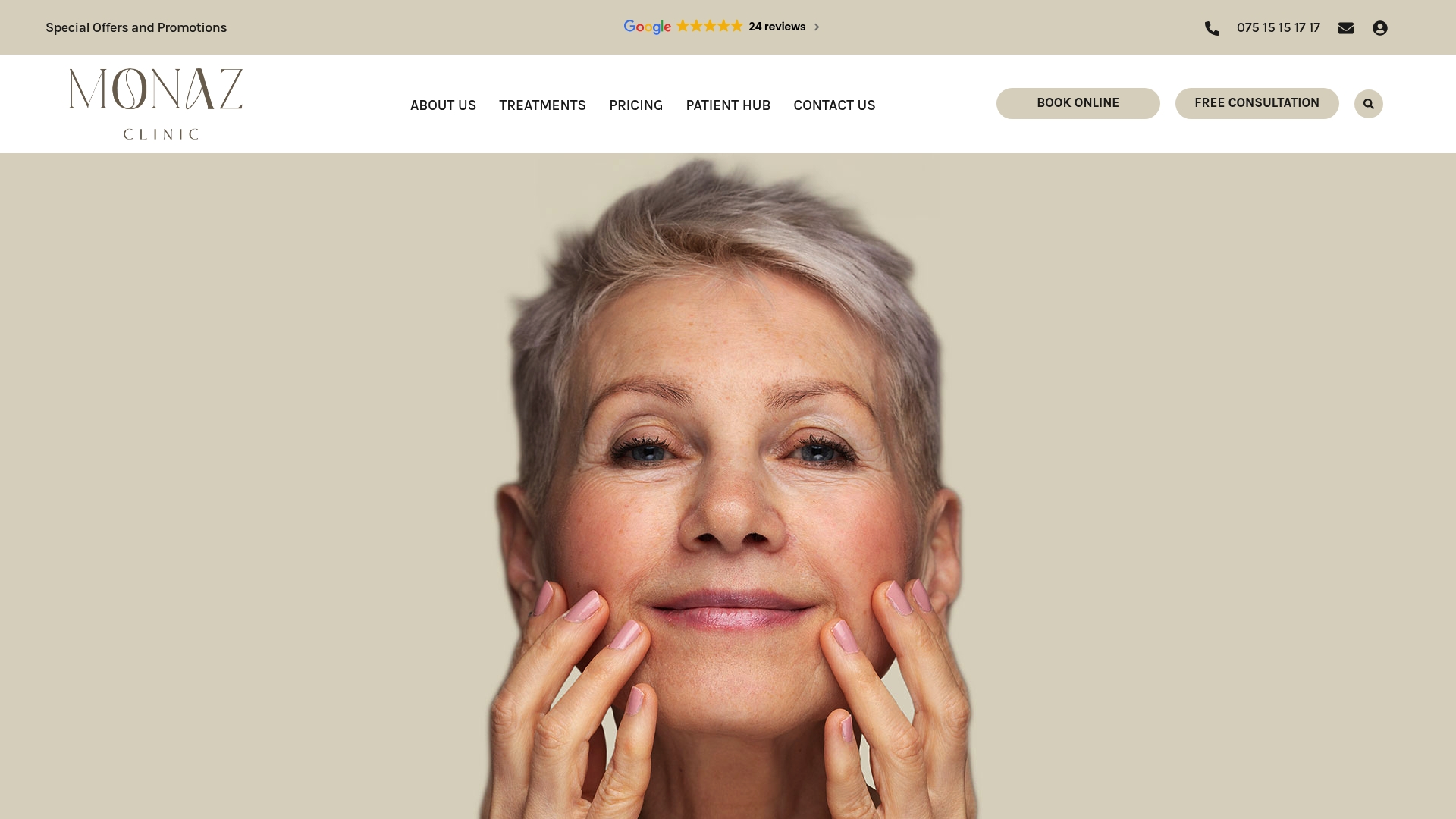
Take your first step towards revealing your best self. Book your complimentary consultation with our medically qualified team led by Mrs. Mona Zirak. Every treatment is carried out with care in our distinguished Harley Street setting, ensuring you receive tailored advice and pressure-free guidance. Get started today and discover how Monaz Clinic delivers bespoke solutions for natural beauty. Visit Monaz Clinic to learn more and reserve your appointment.
Frequently Asked Questions
What is facial harmonisation?
Facial harmonisation is an aesthetic approach that focuses on creating balanced and proportionate facial features, considering the entire face as an interconnected structure rather than targeting isolated areas.
How does facial harmonisation differ from traditional cosmetic procedures?
Unlike traditional cosmetic procedures, which may aim for dramatic changes in specific areas, facial harmonisation seeks to refine and enhance natural contours for a seamless, authentic appearance.
Below is a table summarising the key differences between facial harmonisation and traditional cosmetic procedures, providing a quick reference for readers seeking to understand their distinct approaches.
| Aspect | Facial Harmonisation | Traditional Cosmetic Procedures |
|---|---|---|
| Approach | Holistic, considers entire facial structure | Focus on isolated features |
| Goal | Balanced, proportionate, natural results | Dramatic, noticeable changes |
| Methodology | Subtle enhancements, tailored plans | Standardised or single-area treatments |
| Technology Use | Advanced 3D imaging and analysis | May use basic imaging or none |
| Preservation of Individuality | Preserves unique facial characteristics | May compromise individuality for uniform outcomes |
| Practitioner Focus | Artistic and medical integration | Primarily technical intervention |
What are the key principles of facial harmonisation?
The key principles include proportional balance, symmetry assessment, and the preservation of individual character, while maintaining a focus on achieving a natural look that respects a person’s unique facial identity.
How does technology play a role in facial harmonisation?
Advanced diagnostic technologies such as high-resolution 3D imaging and computer-assisted analysis allow practitioners to evaluate facial contours with precision, helping to create tailored treatment plans that enhance natural beauty.
Recommended
- How to Choose Facial Aesthetic Treatments for Stunning Results – Monaz Clinic London
- 7 Top Non-Invasive Treatments for Facial Aesthetics – Monaz Clinic London
- Understanding What is Facial Volume Loss in Aesthetics – Monaz Clinic London
- 7 Most Popular Facial Treatments for Radiant Skin – Monaz Clinic London

